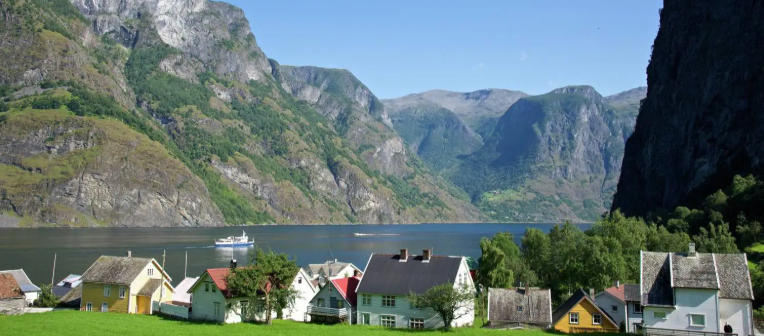The Role of Fjords in the Norwegian Economy
Fjords are not just stunning natural landscapes; they play a crucial role in the Norwegian economy. These deep, narrow inlets have significant impacts on sectors such as tourism, fishing, and maritime trade. Understanding their importance can shed light on how Norway thrives both economically and environmentally.
Tourism: A Natural Attraction
Fjords serve as a major draw for tourists from around the globe. Their dramatic beauty, characterized by steep cliffs and serene waters, creates the perfect backdrop for activities like hiking, kayaking, and sightseeing. Norwegian fjords, such as Geirangerfjord and Sognefjord, have been designated UNESCO World Heritage Sites, further elevating their appeal. The tourism sector, heavily influenced by these natural wonders, supports countless jobs and stimulates local economies, providing an essential source of revenue for surrounding communities.
Fishing: Abundant Resources
Fishing has been a cornerstone of Norway’s economy for centuries, and fjords play a vital role in this industry. The nutrient-rich waters of fjords create a thriving habitat for various fish species, making them prime fishing grounds. Norway is one of the world’s leading exporters of seafood, particularly cod, salmon, and herring. The fjord regions not only support commercial fishing but also offer unique opportunities for aquaculture, where cultivated fish farming has become increasingly popular. This dual role boosts both local livelihoods and national income, emphasizing the fjords’ value as a sustainable resource.
Maritime Trade: Gateway to Global Markets
Fjords also serve as important maritime routes, facilitating trade and transportation. Norway’s complex network of fjords provides sheltered passageways for ships, allowing for safer navigation and efficient access to global markets. The ports located along these inlets are essential for the export of goods, including oil, gas, and timber. This maritime infrastructure contributes significantly to Norway’s position in the international economy, making it a key player in global trade.
In conclusion, the fjords of Norway are far more than beautiful vistas; they are integral to the country’s economy. From tourism and fishing to maritime trade, fjords provide vital resources and opportunities that support both local communities and the national economy. If you’re interested in learning more about how Norway harnesses the power of its natural landscapes for economic growth, consider exploring local tours or resources dedicated to Norway’s unique environmental and economic landscape.

